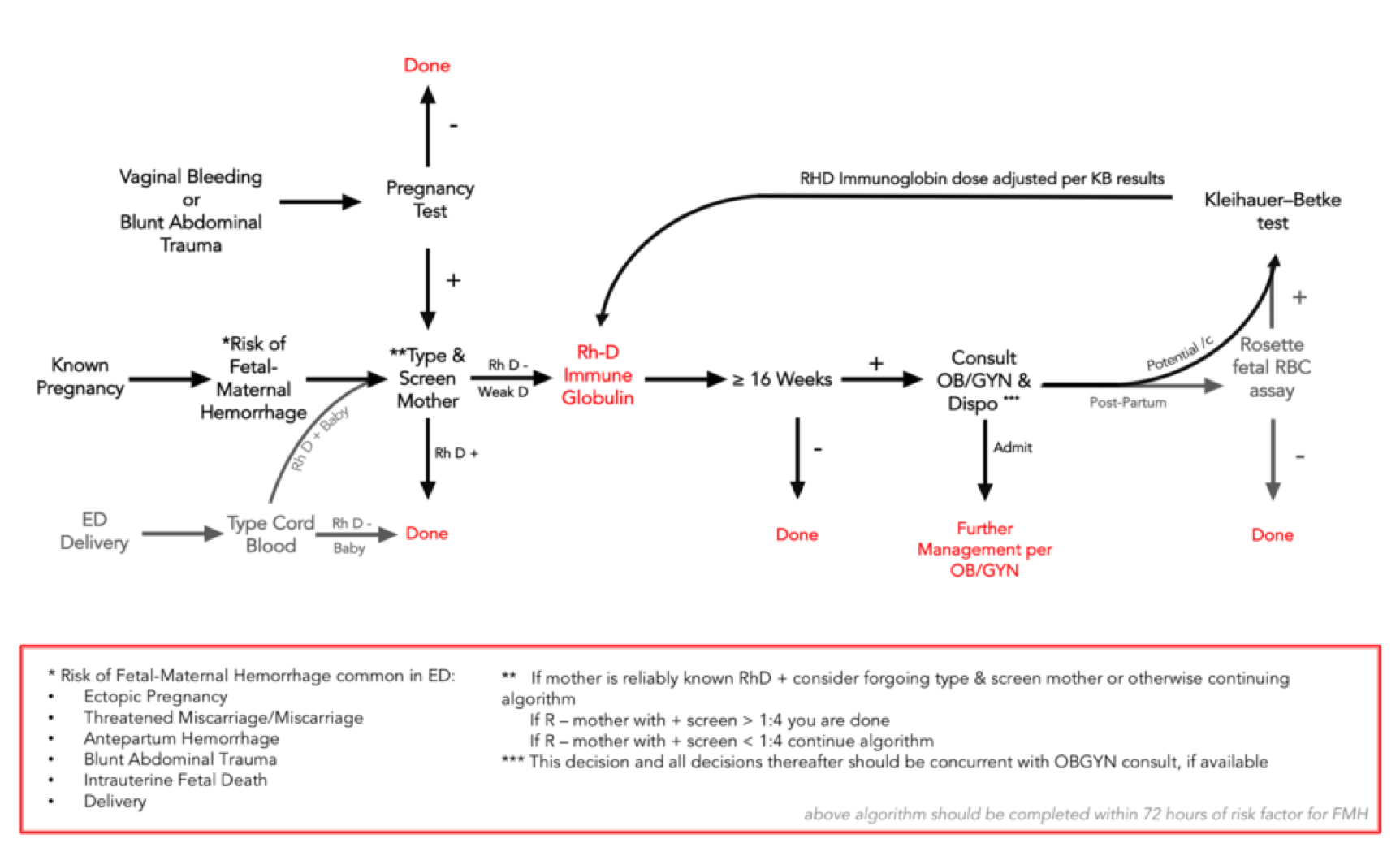Grand Rounds Recap 5.9.18
/This week Drs. Harty & Gauger walked us through the literature surrounding the care of the patient in cardiac arrest as part of their Quality Improvement & Knowledge Translation project. Dr. Kristiana Kaufmann, a visiting professor from Wayne State, provided us a look at Global Health opportunities. Our Quarterly Simulation session, lead by Dr. Bryant, was a case of a 15 year old with new onset SOB and polyarthralgias. Lastly Drs. Stettler & LaFollette provided us with mock oral boards cases.
Read More











